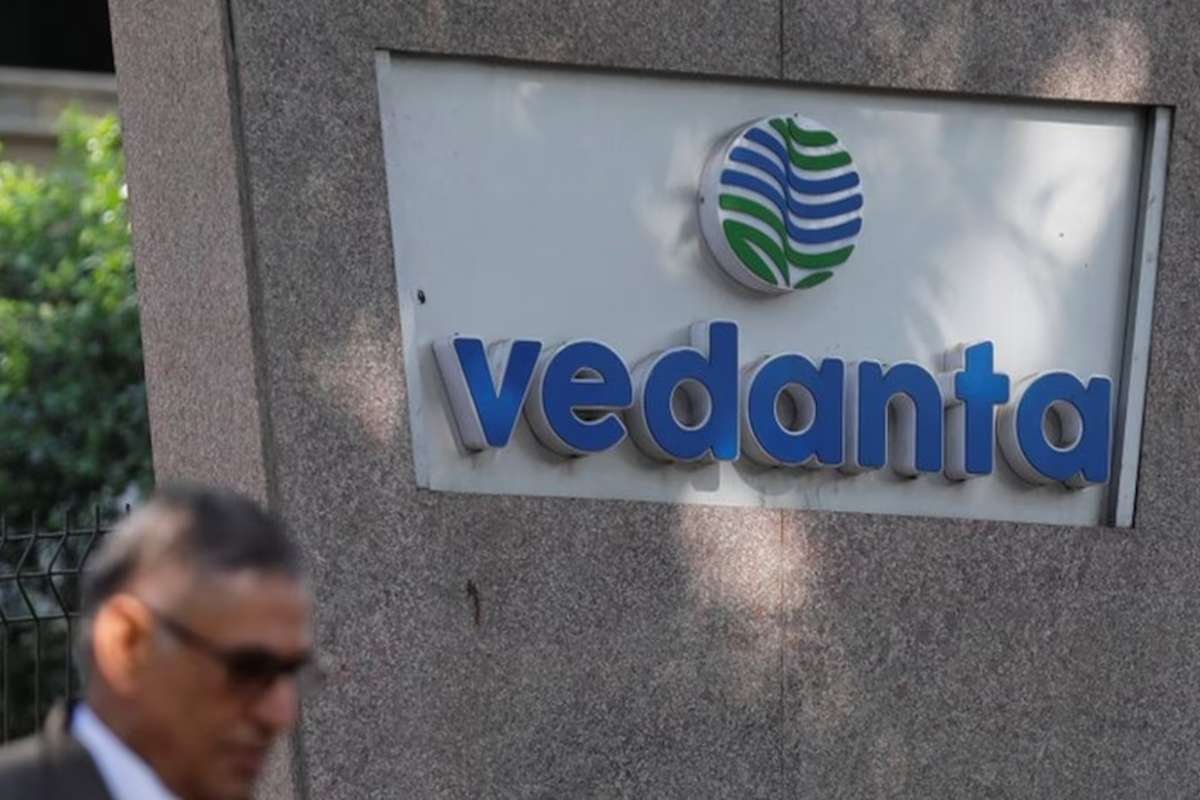Growing Trade Tensions Pose Risks for Reliance Industries
Reliance Industries, one of India’s largest conglomerates, is facing mounting uncertainty as trade tensions between India and the United States intensify. Concerns in New Delhi are growing over potential retaliatory measures from Washington, which may extend beyond what has been described as India’s “high tariffs” by US leadership. American companies have struggled to penetrate the Indian market, a situation that may soon change if the US government pushes for reforms that favor foreign firms.
While several Indian corporations could be affected by any concessions made to ease trade frictions, Reliance Industries appears particularly vulnerable. With investments exceeding $50 billion since 2020, the company’s digital services and retail divisions form the backbone of its $200 billion market value. As these business units approach their much-anticipated public listings, potential policy changes or new competition from US firms could disrupt Reliance’s stronghold. Recent reports suggest that the company is already re-evaluating its retail strategy amid declining analyst valuations, highlighting the impact of these shifting dynamics.
The Threat of New Competition and Policy Changes
Reliance’s telecommunications and media divisions, spearheaded by Jio Platforms Ltd., are also encountering challenges. Jio, which has nearly 500 million subscribers, is actively opposing the entry of Elon Musk’s Starlink Inc. into the Indian market. Starlink’s satellite-based broadband service may gain access without undergoing the rigorous spectrum auction process, a factor that could provide it with a significant cost advantage over existing telecom providers. If high-paying customers begin shifting to Starlink, Reliance may struggle to sustain its current revenue growth, which, despite a 12% increase in the past year, still stands at just over $2 per user monthly.
Additionally, the retail sector—another cornerstone of Reliance’s operations—faces potential disruptions. A recent meeting between Walmart’s CEO and US policymakers has drawn attention to foreign investment regulations that limit the operations of companies like Amazon and Walmart’s Flipkart in India. These restrictions, which prevent foreign firms from owning inventory or offering deep discounts, have traditionally provided Reliance Retail with a competitive edge. However, any policy shifts resulting from ongoing trade negotiations could erode these advantages, enabling global players to challenge Reliance’s dominance. With over 19,000 stores and multiple digital commerce platforms, Reliance remains a formidable player, but changes in regulations could significantly impact its business model.
Energy and Succession: Additional Pressures on Reliance
Beyond its consumer and digital enterprises, Reliance’s traditional oil-to-chemicals business faces geopolitical uncertainties. During a previous US administration, Reliance navigated complex sanctions to secure Venezuelan crude oil for its refineries. However, with evolving geopolitical conditions, including shifts in Russian oil imports and US energy policies, the company’s refining margins could come under pressure. Analysts predict that increased reliance on US crude oil, which is significantly costlier than Russian supplies, may impact profitability across India’s refining sector.
Amid these external challenges, Reliance is also undergoing a significant internal transition. Mukesh Ambani’s three children are gradually assuming control of the company, with Anant Ambani leading the energy business. While his leadership has been in the spotlight due to high-profile events and environmental initiatives, investors are eager for concrete updates on Reliance’s $9 billion commitment to clean energy projects. Delays in achieving key milestones, such as the development of the company’s battery factory, have raised concerns about execution capabilities.
Despite these obstacles, market analysts remain optimistic about Reliance’s stock performance, projecting a 24% increase over the next year. However, to realize this growth, the company must effectively manage these multiple challenges, ensuring that it retains its competitive edge in an increasingly complex global and domestic business environment.







